International Success and Domestic Failure: The World’s First Female Prime Minister and the Changing of Sri Lanka’s Official Language
26-Year Civil War
"A Female Soldier of the Liberation Tigers of Tamil Eelam Walks Through an L.T.T.E. Cemetery in Kilinochchi, in September, 2007. Government Soldiers Later Destroyed the Cemetery." The New Yorker. 2007.
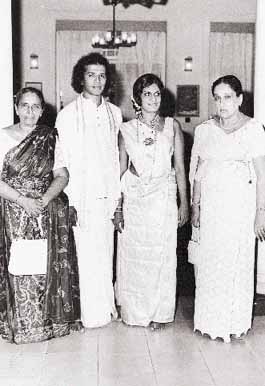
“At Her 1978 Wedding in Colombo with Her Mother Sirimavo Bandaranaike, (Right), Husband Vijaya Kumaratunga and His Mother Beatrice Kumaratunga." Asia Now. 1978.
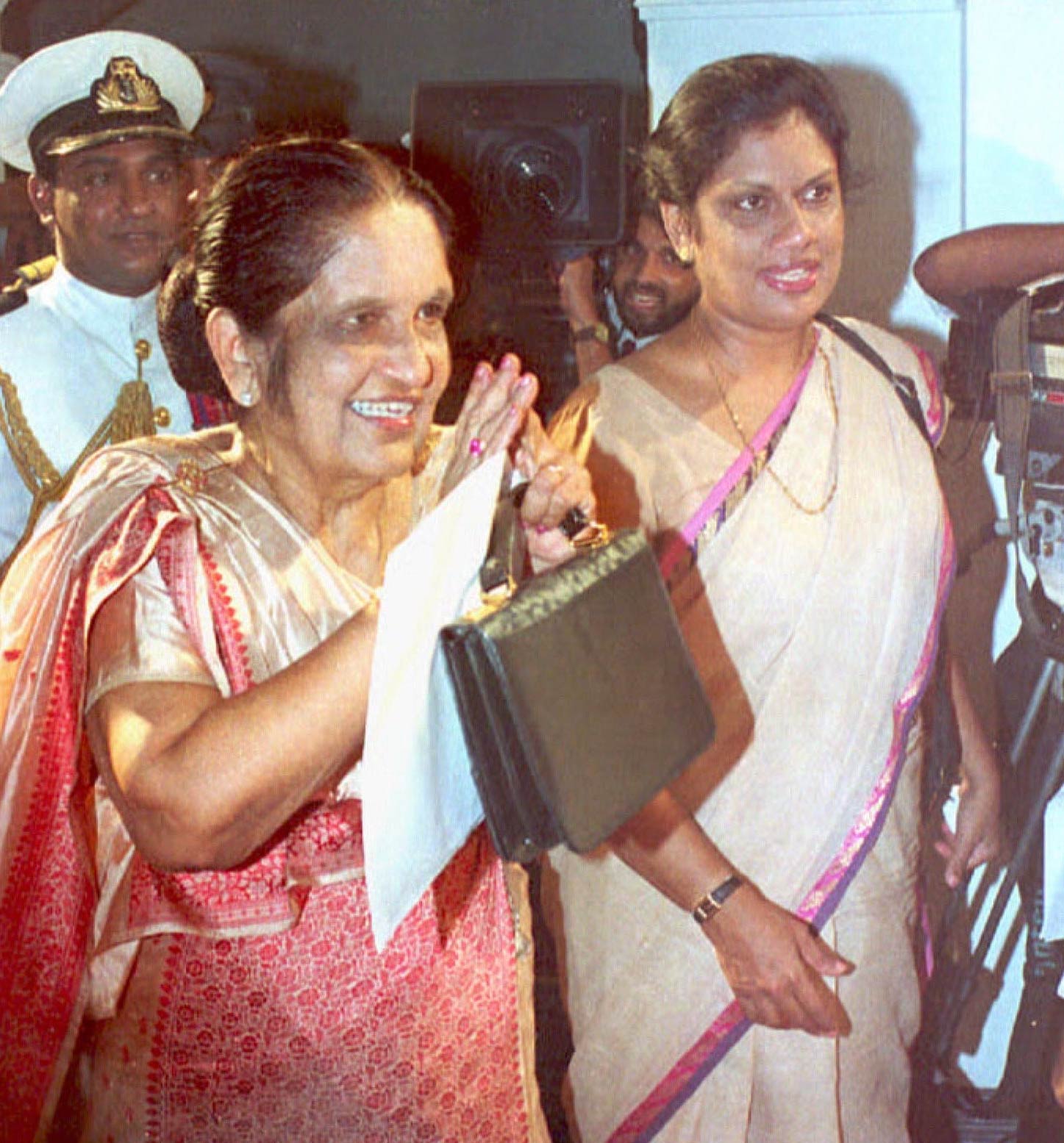
"Chandrika Kumaratunga and Sirimavo Bandaranaike." Los Angeles Times.
Kumaratunga attempted to diplomatically halt the civil war, but the situation had already gone too far. The LTTE forced many Tamils to become soldiers, including children who were taken from their parents and their highly valued education. The LTTE was one of the first to use suicide bombing, mainly using Tamil women and children for this.
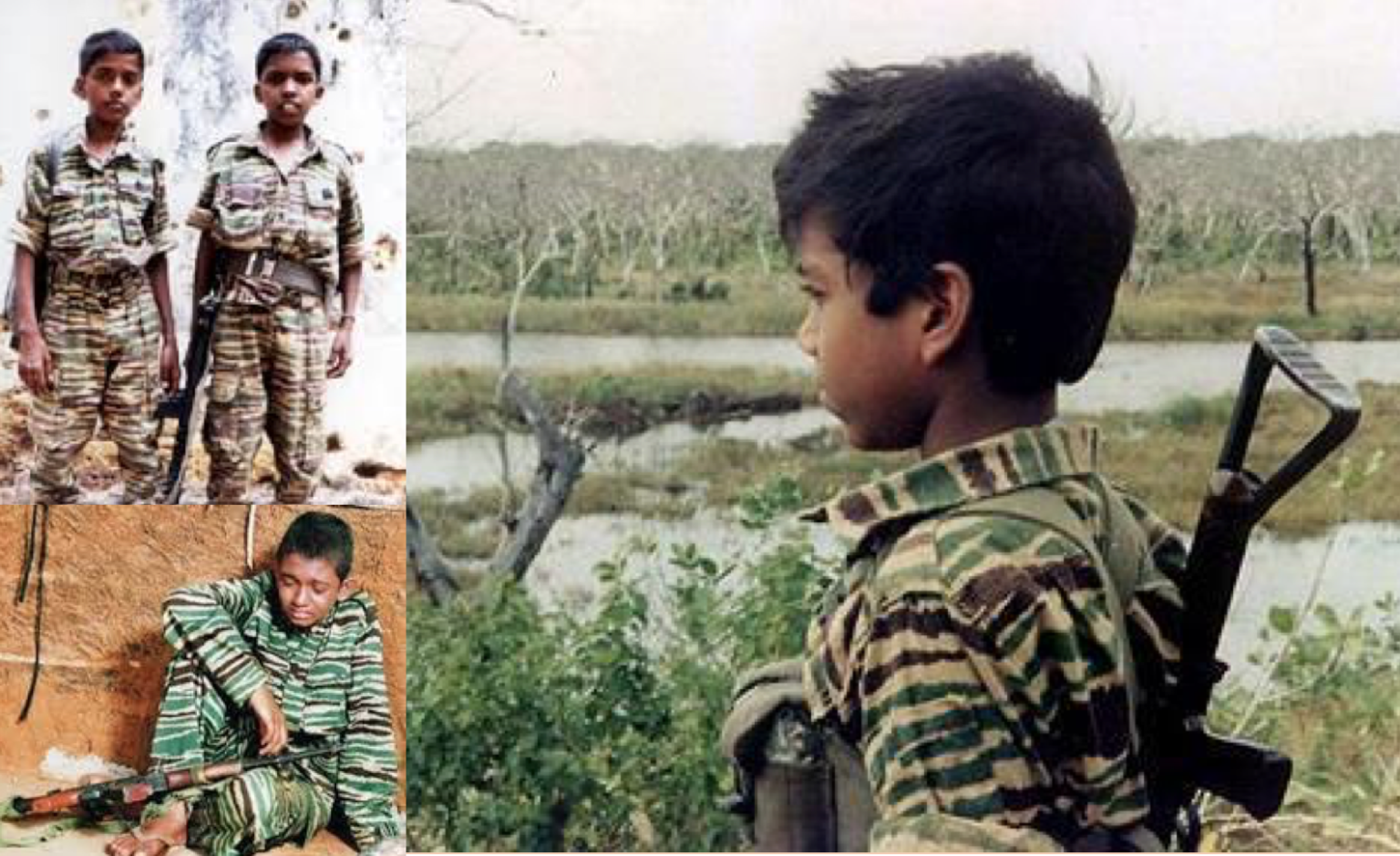
“LTTE Turned Children into Child Soldiers." ShenaliWaduge.com.
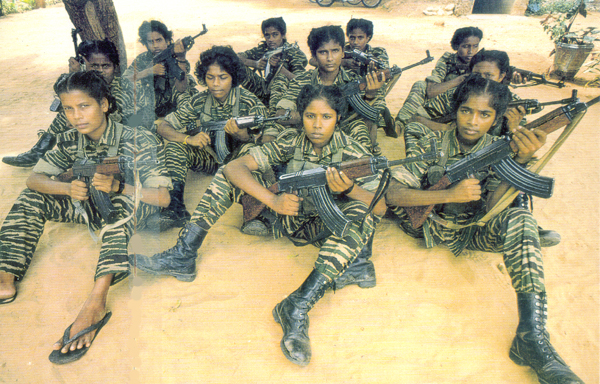
"Women and the Struggle for Tamil Eelam." Tamil Nation.

“A Female Soldier of the Liberation Tigers of Tamil Eelam Walks Through an L.T.T.E. Cemetery in Kilinochchi, in September, 2007. Government Soldiers Later Destroyed the Cemetery." The New Yorker. 2007.
The Sri Lankan Civil War continued for nine years after Sirimavo Bandaranaike’s death before it ended in 2009.
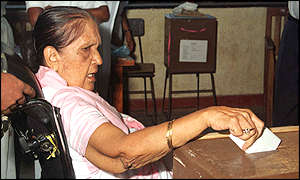
"Sirimavo Bandaranaike Died Shortly After Voting." BBC. October 10, 2000.